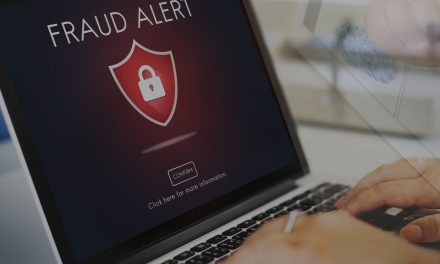In one 14-country study, a 7% drop was noted.
Based on a Jan/Feb 2024 survey of 5,000 IT/cybersecurity leaders* on their ransomware experiences in 2023, some metrics were reported.
First, 59% of respondents indicated having been hit by ransomware in 2023, a drop from the 66% reported in a similar survey in 2022. The propensity of respondents in the survey to be hit by ransomware generally increased with revenue, with US$5B+ organizations reporting the joint highest rate of attack (67%). However, even the smallest organizations (less than US$10M revenue) were still regularly targeted, with 47% hit by ransomware in 2023.
Second, respondents from France reported the highest rate of ransomware attacks (74%), followed by those from South Africa (69%) and Italy (68%). The lowest reported attack rates were by respondents from Brazil (44%), Japan (51%), and Australia (54%). Overall, nine countries reported a lower attack rate than in 2022. The five countries that reported a higher rate of attack than in 2022 were all in Europe.
Other findings
With a few exceptions, ransomware attack rates reported by respondents were broadly consistent across the different sectors, with between 60% and 68% of organizations hit in 11 of the 15 industries covered. Respondents from the state/local government (34%) and retail (45%) industries reported being hit in the last year — the lowest in the survey. The two scopes of government occupied opposing positions, with central/federal government reporting the highest attack rate across all industries (68%), double the rate reported by state/local government (34%). At the same time, reflecting the general downward trend in attacks, the central/federal government rate was lower than the 70% in the 2022 figures reported in a similar survey a year earlier.
Other findings in the survey report include:
- There was a reduction in the highest individual rate of attack reported, down from 80% (lower education) to 69% (central/federal government)
- Respondents from the education sector* no longer reported the two highest rates of attack, coming in at 66% (higher education) and 63% (lower education) in 2023 versus 79% and 80% respectively in 2022 metrics
- Healthcare was one of five sectors that reported an increase in attack rate in 2023 metrics, up from 60% to 67%.
- IT, telecoms, and technology respondents no longer reported the lowest attack rate with 55% hit in 2023, an increase from the 50% reported in 2022.
According to John Shier, field CTO, Sophos, the firm that commissioned the survey: “Ransomware attacks are still the most dominant threat today and are fueling the cybercrime economy… The ransomware landscape offers something for every cybercriminal, regardless of skill. While some groups are focused on multi-million-dollar ransoms, there are others that settle for lower sums by making it up in volume.”
*polled across 14 countries in the Americas, EMEA, and Asia Pacific in firms with between 100 and 5,000 employees (50% with under 1,000 staff, and 50% with 1,001 to 5,000 staff). Within the education sector, respondents were split into lower education (catering to students up to 18 years) and higher education (for students over 18 years).
Note: Although the report is named as a “2024 study”, respondents were actually citing their 2023 data. The authors have stated that they “are mindful that respondents (in 2024) are sharing their experiences over the previous year so, many of the attacks referenced occurred in 2023.” To minimize reader confusion CybersecAsia.net has changed relevant mentions of metrics to reflect the actual year of data cited by respondents, and not the year in which they were surveyed.

















